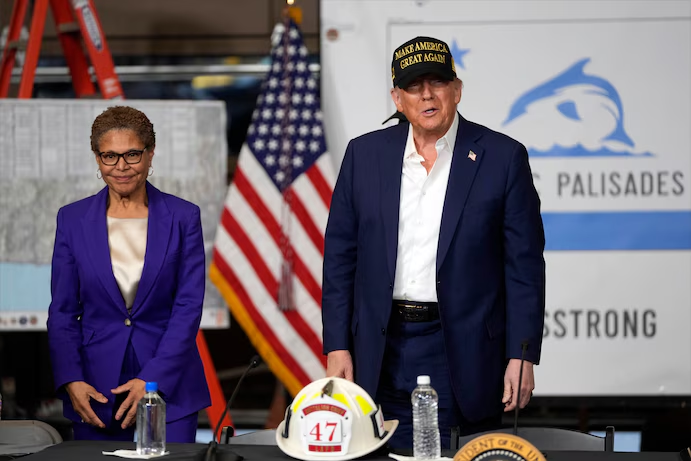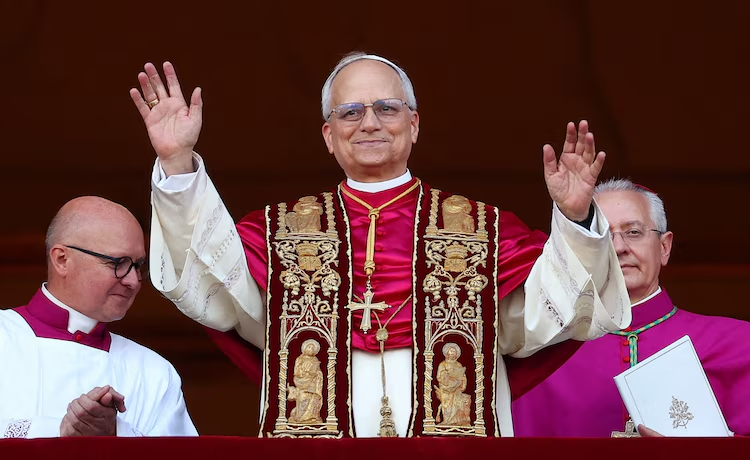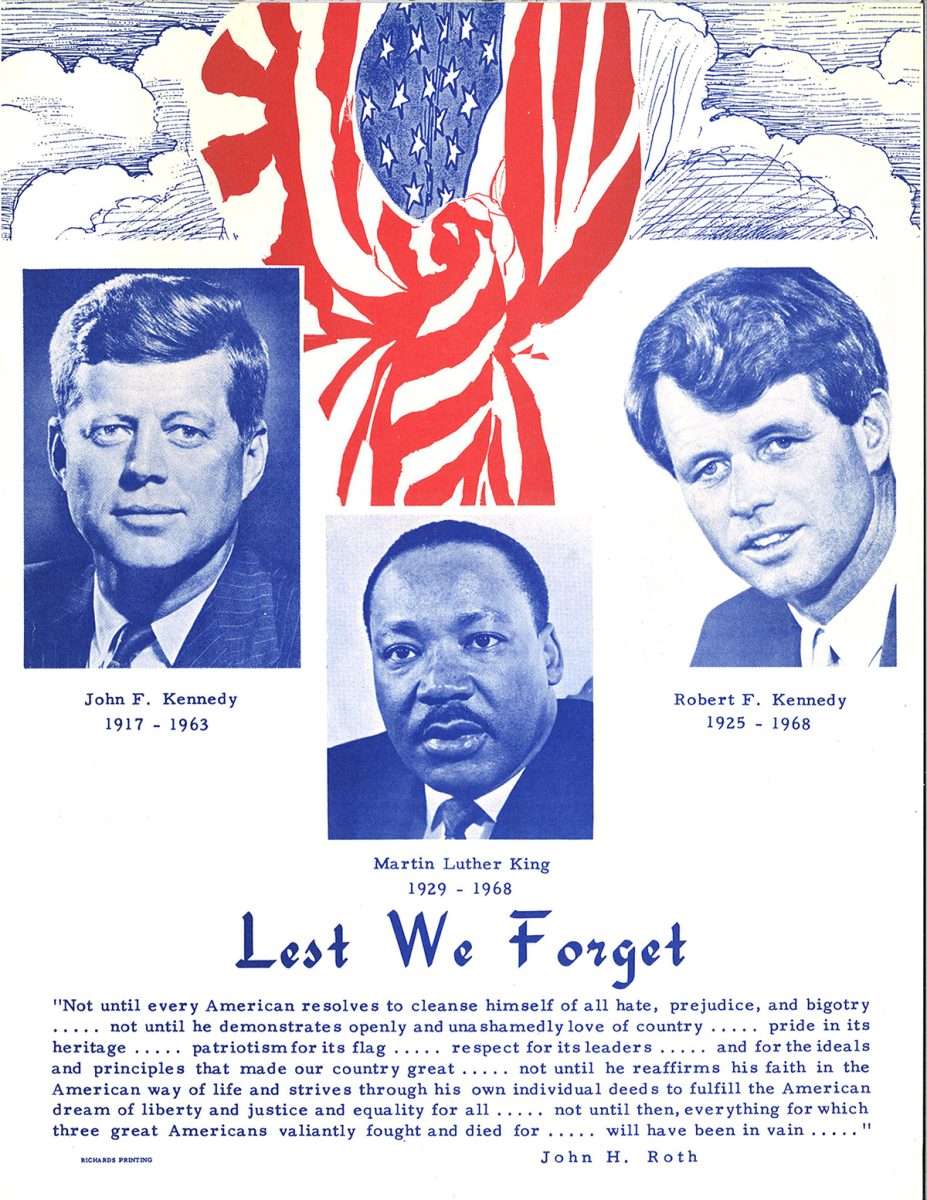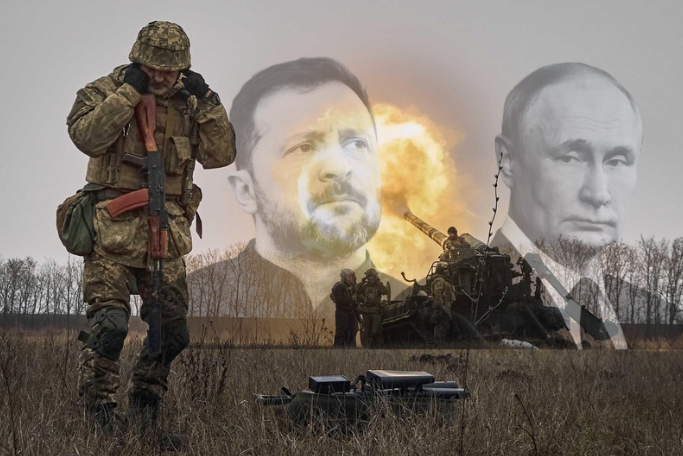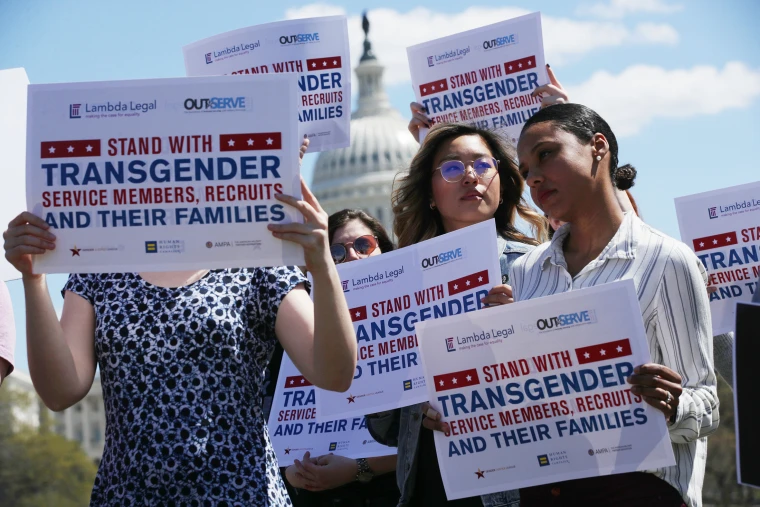Well – it only took a week for the first devastating disaster of 2025 to strike the United States, coming in the form of a series of wildfires, all originating from the Palisades wildfire which began in Pacific Palisades, a neighborhood located just north of Santa Monica and its world-famous pier in Los Angeles County. So far, over 57,000 acres have been burned in these fires. The two major wildfires that caused these conditions to spread further, Palisades and Eaton, are at 98% and 99% containment respectively as of January 31, according to CalFire – the state’s official forestry and fire protection department.
One of the smaller fires fueled by these conditions, Kenneth, is actively being investigated by the LAPD as an arson, and a suspect was found and detained – only to be released just hours later with the department citing a lack of evidence. However, the rest of the fires have not been given confirmed (or even assumed) causes just yet – although it is a safe assumption that the wind patterns in the Los Angeles region have been very strong and sudden in their change. One moment, wind could be slow and more optimal for firefighters to contain the fire – and then the next, wind speeds could soar to outrageous levels, causing fires to spread quicker. Over the past few weeks, much of Southern California has been put under what is called a Red Flag Warning, which the National Weather Service assigns when there is an “increased risk of fire danger” – which correlates to the increase in wildfires in the region, given the wind speeds combined with the existing fires and other weather conditions.
With all of this disaster striking numerous families in Southern California, we are not hearing about much action being taken towards rebuilding the destroyed neighborhoods or preventing these types of wildfires again. And many people in California are not happy with anybody involved.
According to polling released by the California Globe on January 27, Bass’ approval rating has plummeted to an all-time low of just 37% when factoring in her handling of the ongoing wildfires, with an estimated 43% of “likely voters” stating that they might consider voting for Republican leadership in the upcoming 2026 midterm elections – the same year that Mayor Bass is up for re-election, along with every member of the U.S. House of Representatives – who have remained divided on the matter due to the talks from people like Speaker Mike Johnson (R-LA), who has considered conditioning aid to California while keeping aid for foreign nations including Israel and Ukraine ongoing and otherwise unconditioned.
And while the state scrambles as many resources as they currently have on hand, many are asking where the federal government is. Typically during a natural disaster of this magnitude, FEMA (short for Federal Emergency Management Agency) is usually already on the ground or being actively mobilized by now – but this time around, it’s very, very different. For starters, the inauguration of a new President occurred during these wildfires – and this could certainly explain a slight delay in a response from FEMA; but instead, there has been essentially radio silence from the federal government. The only time that there was direct communication between the City, State, and federal government was when newly re-inaugurated President Donald Trump visited Los Angeles to tour some areas damaged by the wildfires and proceeded to get into a shouting match with the Mayor of Los Angeles, Karen R. Bass (D), who has criticized the lack of assistance from the federal government. While there is certainly some fault to be placed on the State for not having water reservoirs functioning and filled as intended, it is also the responsibility of the federal government (as it always has been) to protect each state of the Union, and a failure to do so can have potentially devastating effects on even the most untouchable of political elites.
At first, the meeting between Trump and Newsom at the airport seemed relatively bipartisan and friendly, seeming focused on the devastation in the region. That all took a turn during the press conference; however, as L.A. Mayor Karen Bass started a back-and-forth interaction with the President. During this back and forth, Bass defended her administration’s acts in the fire, which included allowing residents to return to their properties and to have it cleared out themselves and without the assistance of state-hired contractors – something that Trump was fiercely focused on during this interaction. Trump claimed throughout the sit-down that the contractors that the State of California would hire would take “2 years” to clear out rubble – an accusation that cannot otherwise be proven as of the writing of this article. The President opted to not visit Altadena, the neighborhood affected severely by the Eaton wildfire. Altadena is located near the Eaton Canyon, just north of Pasadena, California. Eaton has burned over 14,000 acres of land as of the writing of this article, according to CalFire – while CalFire says that the Palisades wildfire has burnt over 23,000 acres as of this time.
As of the writing of this article, the President has signed an executive order to re-assess FEMA, and the future of the agency remains uncertain to many currently affected by the wildfires, as the hesitance from Capitol Hill to not condition aid had already gotten those effected angered with their Representatives in Congress. As the situation continues to unfold, everyone else involved in the rebuilding process and immediate emergency handling of the disaster will certainly become increasingly notable targets of those affected.
The situation is still developing, and more news continues to be released on these wildfires.

